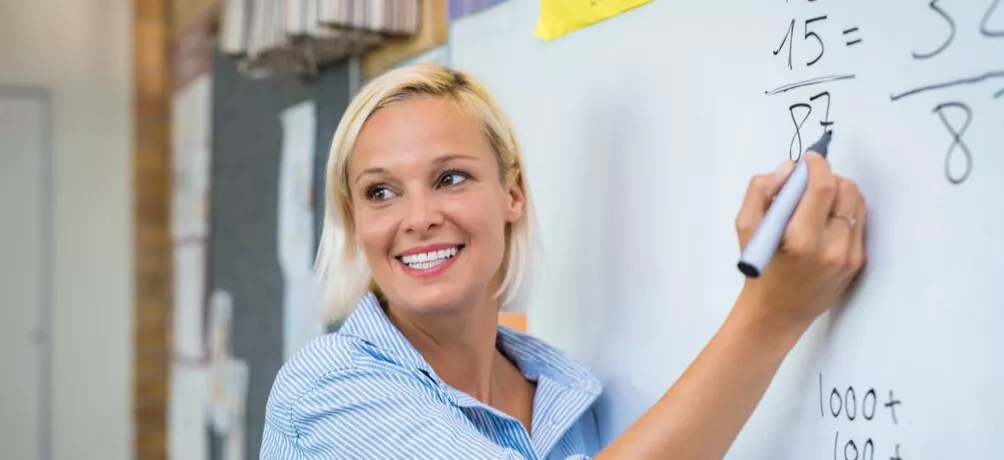Adjusting Your Teaching for Different Students
By Huntington Learning Center
If there is one universal truth in teaching, it is that no two students learn the same. To reach all students where they are, you must adapt as needed, paying attention to learning preferences and styles as well as the challenges students face. Here are a few tips on how to support your students with individualized instruction:
- Survey parents and students. At the start of the year, conduct an email survey of parents to learn a little bit about each student, their challenges, strengths and weaknesses. Do an in-class survey of students to get their perspective as well, as it might differ from what their parents say.
- Pay attention to preferences. Make note early in the school year of your audio, visual and kinesthetic learners (and students who learn effectively in multiple ways). Teach students about this too so they can recognize their own preferences and better advocate for themselves.
- Arrange your classroom into different environments. Some students study best in silence; others prefer a little action. If possible, have a quiet corner, a group of desks where students can put up cardboard walls to visually block distractions, and some sort of collaboration area for students who want to work with others.
- Develop scalable assignments. Create lessons that allow you to alter the same assignment based on students’ varying abilities. Tier up or down depending on students’ needs.
With two dozen or more students in the classroom at a time, helping each student learn and grow is no small task. Differentiate your teaching and materials when possible. Your students will strengthen their higher-level thinking skills, start to take more responsibility for their own learning, and be more engaged overall.


